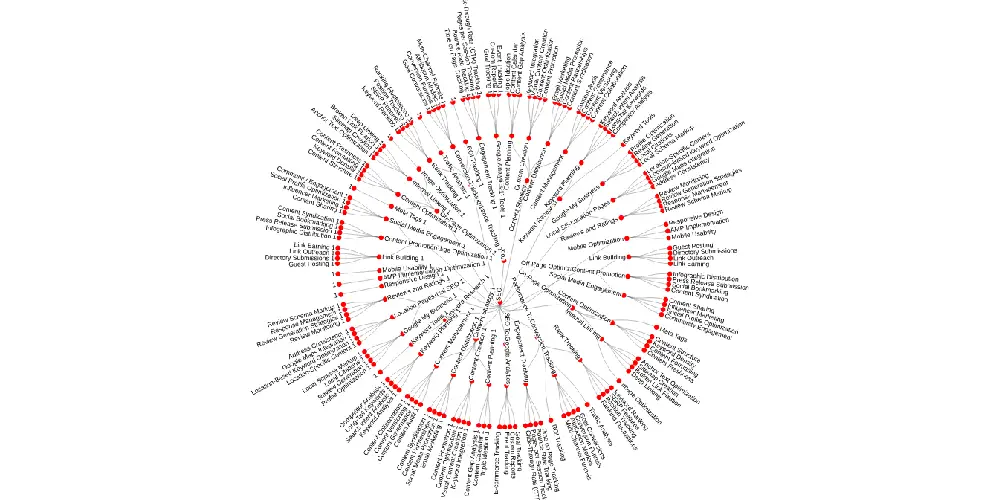Last Updated on September 19, 2025
Creating high-quality online content that engages users and earns their trust along with gaining topical authority is essential for success in today’s digital landscape. However, with the sheer amount of information available online, how does one ensure their content stands out? This is where E-E-A-T – Experience, Expertise, Authoritativeness, Trustworthiness – comes in. By optimizing content for E-E-A-T principles, websites can improve search engine optimization and increase their visibility and ranking potential. This article explores core E-E-A-T parameters and provides guidance on both creating compelling content as well as implementing supporting technical elements to demonstrate a website’s experience, expertise, authoritativeness, and trustworthiness. Following these guidelines can help position your site as a leader within your niche and a go-to resource for users.
1. First-hand Experience
Share direct, first-hand knowledge and involvement with the topic through original content like personal stories, client case studies, and unique research. Unique perspectives and insights demonstrate expertise.
Content Aspect: Share personal stories, client case studies, or original research. Unique perspectives demonstrate expertise.
Technical Aspect: Add multimedia like videos to vividly showcase first-hand experience.
2. Expertise
Demonstrate in-depth qualifications, knowledge, and skills through credentials, data-driven evidence, and citations of credible sources. Highlight relevant education, training, credentials, and qualifications.
Content Aspect: Highlight relevant qualifications, training, and credentials. Cite credible sources and data-driven evidence.
Technical Aspect: Use structured data markup to vividly showcase your expertise.
3. Authoritativeness
Establish credibility by getting published on well-respected sites in your field and earning backlinks from authoritative sources. Optimize your site for positive user experience.
Content Aspect: Get published on respected sites or earn backlinks from authoritative sources.
Technical Aspect: Optimize website for SEO best practices and positive user experience.
4. Trustworthiness
Instill confidence by ensuring content accuracy, fact checking claims, promptly correcting errors, and disclosing affiliations or sponsorships. Implement site security measures.
Content Aspect: Ensure accuracy, fact check claims, promptly correct errors, and disclose affiliations.
Technical Aspect: Implement site security measures and privacy policies.
5. Originality
Provide unique analysis and insights that go beyond merely summarizing existing information. Share new perspectives and innovative approaches to demonstrate originality.
Content Aspect: Share unique insights and analysis beyond summarizing existing information.
Technical Aspect: Regularly add new content with innovative approaches.
6. Reputation
Demonstrate your positive standing by actively engaging with your audience, encouraging reviews and feedback, and participating transparently in relevant online communities.
Content Aspect: Actively engage with your audience and participate in relevant communities.
Technical Aspect: Encourage user reviews and feedback.
7. Purpose
Clearly establish goals for each page and structure content to effectively meet user intent and needs based on search queries. Optimize keywords and metadata.
Content Aspect: Clearly define goals and structure content to meet user needs.
Technical Aspect: Optimize keywords and meta data to reflect purpose.
8. Harmful Content
Entirely avoid dangerous, illegal, misleading, or exploitative content. Regularly assess for vulnerabilities, malware, misinformation, and unethical practices.
Content Aspect: Avoid misinformation, hate speech, scams or exploitative content.
Technical Aspect: Assess for vulnerabilities, malware, and unethical practices.
9. YMYL Topics (Your Money or Your Life)
Exercise caution when providing advice or information about sensitive topics like health, finance, or legal matters. Prioritize accuracy, reliability, and meeting regulations.
Content Aspect: Prioritize accuracy, reliability, and regulations for sensitive topics.
Technical Aspect: Ensure website meets YMYL content guidelines.
10. User Intent
Align information with searchers’ intended needs and the context of their queries by optimizing content for relevant keyword terms. Conduct ongoing keyword research.
Content Aspect: Tailor content to target audience’s search intent and needs.
Technical Aspect: Conduct keyword research to optimize for relevant search terms.
11. Accuracy
Provide factually correct information by double checking facts, promptly updating outdated content, and addressing errors or outdated information.
Content Aspect: Double check facts and promptly update outdated information.
Technical Aspect: Regularly review content to maintain accuracy.
12. Safety
Implement comprehensive security measures like encryption and authentication to protect user privacy and avoid collecting unnecessary personal data.
Content Aspect: Protect user privacy and avoid collecting unnecessary personal data.
Technical Aspect: Implement encryption, authentication, and other security measures.
Achieving E-A-T is an ongoing process, but optimizing for these principles can significantly improve your SEO and build user trust over time.
- Top AI Marketing Tools in 2025 - December 2, 2025
- Best SEO Content Optimization Tools - November 13, 2025
- People Also Search For (PASF): The Complete 2025 Guide to Smarter SEO Optimization - November 11, 2025




